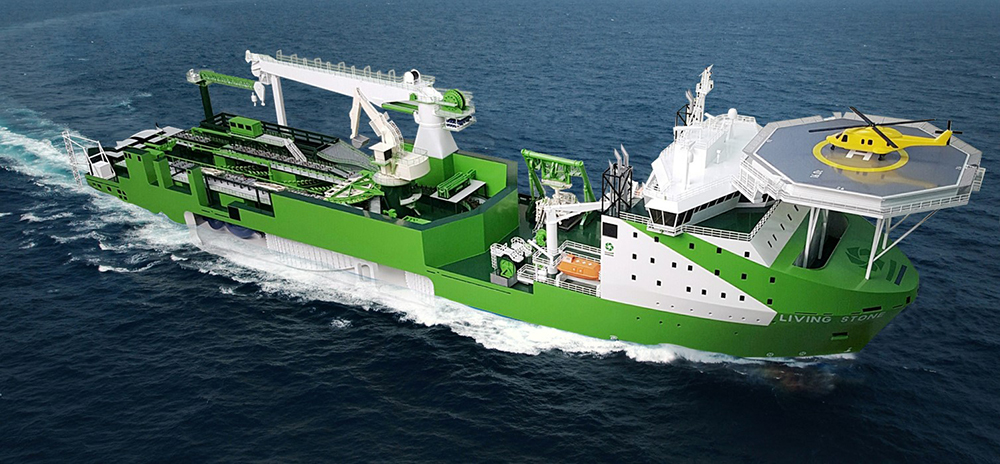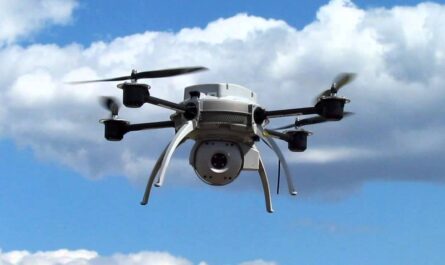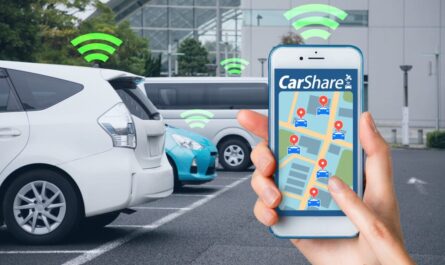Cable laying vessels play a vital role in expanding global communication networks by deploying extensive underwater cables across oceans. These specialized ships are designed specifically for the complex task of installing heavy telecom cables on the seafloor.
Design of a Cable Laying Vessel
Cable laying vessels are custom designed for their unique operations. At around 100-180 meters long, these ships have a large deck area and strong hull structure to carry heavy cable drums weighing over 1000 tons. The deck machinery includes advanced cable laying systems, cable tensioners and other components to handle cables with care. Some advanced features include dynamic positioning systems to maintain precise location even in rough seas. The cargo hold contains protected cable tanks flooded with water for storage. Crew quarters and support systems allow vessels to remain at sea for extended periods during long cable deployments.
Cable Laying Operations
Before arriving on site, cables are loaded onto the vessel and tested. Cable drums weighing several tons each are securely mounted onto the deck. Using precise navigation data, the ship maneuvers close to the planned cable route. The deck machinery pays out cable from the drums and deposits it gently on the seafloor at average depths between 2-3 kilometers below sea level. Cable burial tools may further secure cable sections underground for protection.
Subsea Cable Installation Challenges
Cable deployments present several technical challenges. Seafloor conditions like steep slopes, boulders or canyons can damage cable if not avoided carefully. Strong ocean currents also exert forces on long cable runs requiring tension control. Rapid deployment rates exceeding 10 km per hour are still achieved while maintaining cable integrity. Communication lines must transmit data effectively over thousands of kilometers, requiring advanced repeaters and components installed during laying. Harsh weather conditions mean operations halt during cyclones or storms to safeguard crew and delicate cable equipment. Round the clock operations continue to complete projects on tight schedules.
Maintaining Existing Cable Networks
In addition to new installations, cable vessels perform critical repair and maintenance tasks on existing systems. Fault location equipment helps pinpoint breaks on sprawling networks. The vessels then maneuver to repair sites often hundreds of kilometers offshore to replace damaged cable sections or upgrade aging lines. Periodic inspections using remotely operated vehicles also detect potential problems before disrupting services. As underwater cables transport over 95% of global data traffic, reliable maintenance remains essential for communications worldwide.
Future Developments
Next generation vessels will deploy higher capacity cables to support surging data demands. Hybrid cable/pipe systems simultaneously lay power cables and pipelines for offshore industries. New installation techniques like simultaneous lay and burial will improve deployment efficiency. Advances in sensor and robotic technologies may soon automate complex repair tasks. As underwater networks expand into remote Arctic zones or deeper ocean regions, vessels will require enhanced positioning, dynamic stabilization and remote operating capabilities. Continued technical innovations will help cable ships rise to new challenges in delivering global connectivity far into the future.
In summary, cable laying vessels constitute a specialized fleet that serve a crucial function. By skillfully deploying extensive underwater cable grids connecting every continent, these ships form the unseen backbone supporting today’s digital economy and globalized world. Technical refinements continue advancing their complex operations as digital networks expand further. Cable vessels will remain at the forefront of efforts strengthening international connectivity through digital highways traversing the planet’s oceans.




